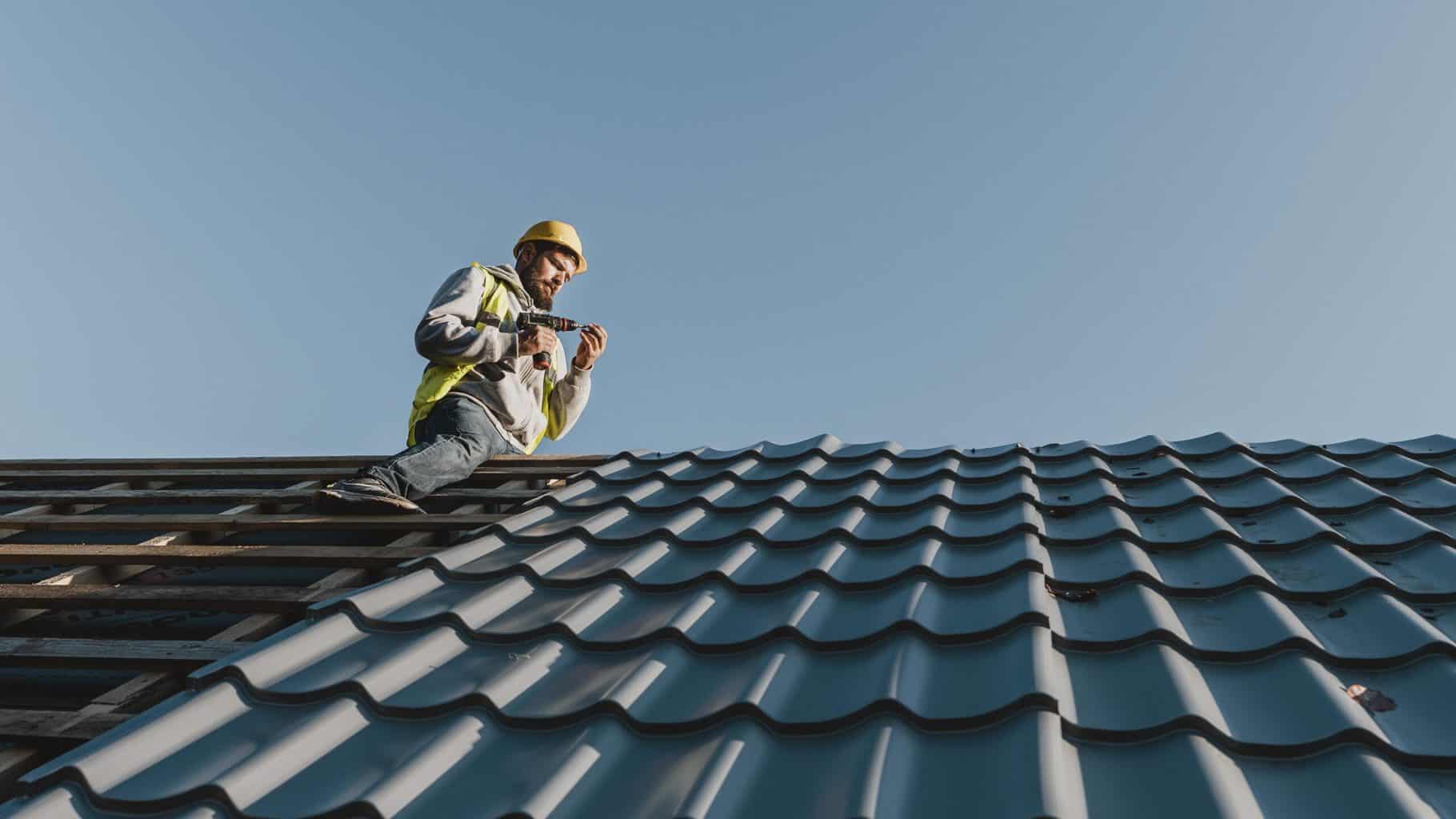As an Amazon Associate we earn from qualifying purchases.
Over the past several years, we have seen significant changes in the types of roof underlayment that’s being used. What are these types of roof underlayment and how do they work?
Different Types Of Roof Underlayment Explained
There have been products that have come out that are more suited for longer lifespans and higher temperatures when it comes to roofing. In most modern residential roofing systems, underlayment is a crucial component yet often unseen.
That’s why it’s understandable that not every homeowner is aware of this component. In this article, we will talk about different types of roofing underlayment, their uses, and compare them to see which type will be best for you.

Types of Roof Underlayment
In some places, people refer to underlayment as Ice and Water shield or Felt paper. While they are also amongst the various types of underlayment, they differ in material and design.
There are three main types:
- Asphalt-saturated felt aka Felt Paper or Tar Paper
- Non-Bitumen Synthetics aka Synthetic Underlayment
- Rubberized Asphalt aka Peel & Stick underlayment
Let’s have a look at each of these types, as well as their uses.
1. Asphalt-Saturated Felt
More than 15 years ago, Asphalt-saturated Felt used to be the go-to roof underlayment material for most residential, steep-slope applications. The term “Felt Paper” or “Roofing Felt” actually came from this underlayment material. It similarly became as famous as hand tools.
Before synthetic products gained popularity, every household used felt paper in their roofing system. It has a backing material that is the same as tar paper, but instead of a tar backing, it is saturated with asphalt and hence the name Asphalt-Saturated Felt.
Felt underlayment was either made from fiberglass substrate or organic. The organic underlayment was much more common back then because of the cellulose base.

2. Non-Bitumen Synthetics
Synthetic is equivalent to felt but lighter and lasts longer and built to withstand higher temperatures. It also has a longer lifespan compared to saturated felt papers. This underlayment type is made from polyethylene or polypropylene and can also be used to make a wide range of roofing products.
When it comes to the roofing system, whether it’s tiles, shingles, or metal, synthetics are by far the most popular option and for good reasons. The products in this category are made using asphalt-saturated base-mat and later fortified using a mixture of fiberglass.

3. Rubberized Asphalt/Peel & Stick
This is probably the most expensive option when it comes to roofing underlayment. This type has an adhesive on the back that sticks down to the deck surface of the roof shield.
For underlayment, it is quite common to see different types of rubber being used and hence the name rubberized asphalt. They have adhesive on one side that is protected by a peel-off membrane.
The synthetic and peel & stick are usually made out same material and are also available from the same manufacturer. They only differ in grade. The main difference would be how these underlayment are installed.
Final Thoughts
There are basically three roof underlayment types. Amongst them are different product categories with different specs. There are other things that play into it, depending on which product you are using. So, take your time, consider the different types, and make your choice.
